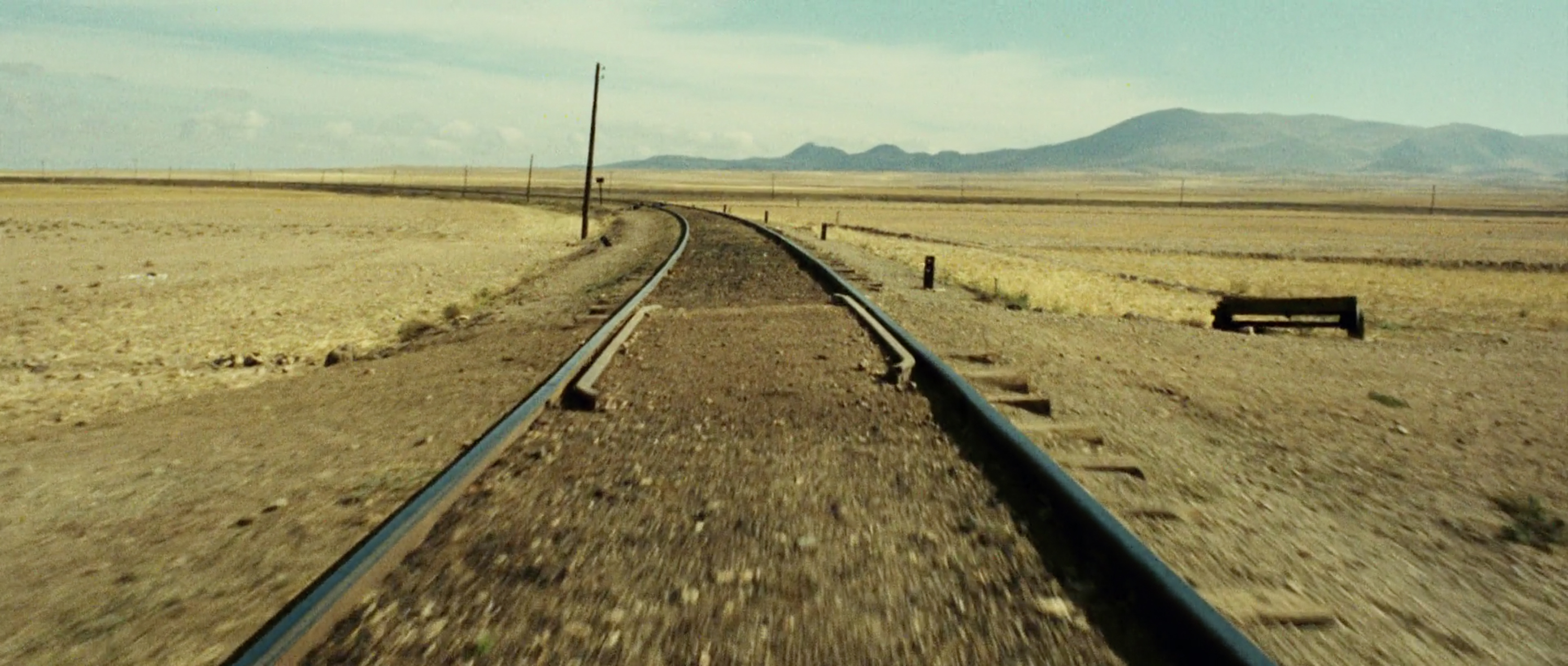

In one experiment, the transporter was blocked with a drug called cyclosporine, which allowed chemotherapeutics to get across the barrier. He showed several experiments featuring his favorite transporter, p-glycoprotein. Research in Miller’s lab focuses on finding ways to move drugs that have been shown to be effective in the test tube past the blood-brain barrier, so they can be effective in treating tumors in the brain. Miller explained that in addition to keeping out dangerous chemicals, the blood-brain barrier may also keep out helpful drugs, such as chemotherapeutics. Efflux transporters recognize and block foreign chemicals. There are plugs, called tight junctions, between the endothelial cells and transporters on the cell membranes. Blood entering the brain moves into small capillaries lined with endothelial cells, which Miller compared to a brick wall. The brain is protected by a feature known as the blood-brain barrier. The blood-brain barrier and research in the Intracellular Regulation GroupĬertain tissues, such as the brain, placenta, and testes, have additional barriers to drugs.

“From the liver, many of these metabolites get dumped into the blood and distributed throughout the body,” said Miller. Ingested drugs enter the circulatory system through the small intestine, then travel to the liver, where they can be metabolized into different forms. He explained that drugs move through the body using the circulatory system. Miller began his talk by defining pharmacology, the science of how drugs interact with the body. “Feedback from participants has been positive, with people consistently commenting that the talks increase their knowledge of the topic, and that they enjoy learning more about research conducted at the institute,” said Boyles. Previous talks were given by John Schelp, Geoffrey Mueller, Ph.D., and Richard Kwok, Ph.D., with topics ranging from allergies to epidemiology. 9, David Miller, Ph.D., deputy chief of the Signal Transduction Laboratory, described how therapeutic drugs and other foreign chemicals move around the body.īig Picture, Small Talk is a new series organized by Abee Boyles, Ph.D., of the National Toxicology Program, and by a cross-divisional organizing committee with the goal of presenting NIEHS research in a format that is more accessible to nonspecialists. In his Big Picture, Small Talk seminar Dec. Geoff Mueller, Ph.D., left, and Lars Pedersen, Ph.D., both of the Genome Integrity and Structural Biology Laboratory, pondered the difficulties of the blood-brain barrier.


 0 kommentar(er)
0 kommentar(er)
